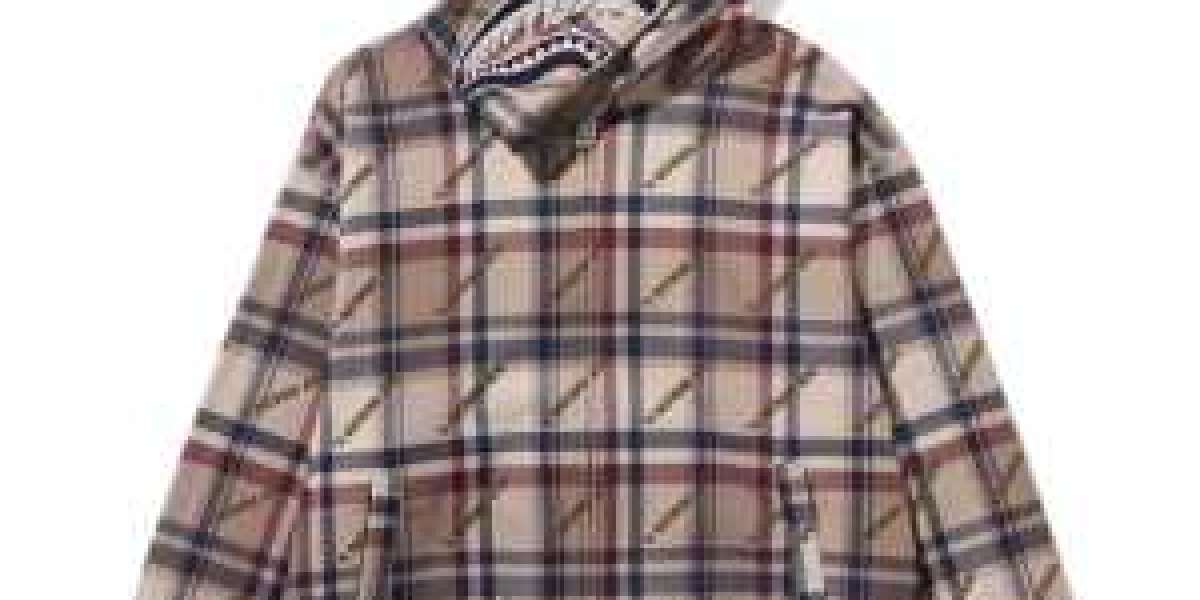Metal laser cutter powerful tools that use focused laser beams to cut through various metals with precision and speed. While they have gained popularity in industries such as manufacturing, aerospace, automotive, and fabrication, several misconceptions surround their capabilities and operational processes. Understanding these misconceptions is crucial for businesses and individuals looking to invest in metal laser cutting technology.
Misconception 1: Laser Cutters Are Only for Thin Materials
One prevalent myth is that laser cutters can only handle thin materials. While it is true that laser cutting is particularly effective for thin sheets, advancements in laser technology have expanded their capacity to cut thicker materials. For instance, modern fiber laser systems can cut metals up to several inches thick, including steel, aluminum, and brass. The cutting capability largely depends on the laser's power, the material type, and the cutting speed.
For example, a high-powered fiber laser cutter can easily cut through 0.5 inches of stainless steel, while a CO2 laser cutter may struggle with materials over 0.25 inches thick. The misconception arises from the visibility of the most marketed applications, which often focus on sheet metal cutting, leading to the assumption that thicker materials are unsuitable for laser cutting.
Misconception 2: All Laser Cutters Use the Same Technology
Another misunderstanding is that all laser cutters utilize the same technology. In reality, there are various types of lasers used for cutting metal, including CO2 lasers, fiber lasers, and solid-state lasers. Each type has its unique properties, making them suitable for different applications.
CO2 Lasers: These lasers are gas lasers that produce a continuous wave and are well-suited for cutting non-metal materials, although they can cut metal. They typically have lower cutting speeds and may require more maintenance compared to fiber lasers.
Fiber Lasers: These lasers generate a concentrated beam of light through optical fibers. They are known for their high efficiency, precision, and ability to cut reflective materials such as copper and brass without compromising speed. Fiber lasers are increasingly becoming the standard for metal cutting due to their versatility and lower operational costs.
Solid-State Lasers: These lasers use solid-state gain media and can also be used for metal cutting. They are less common than fiber and CO2 lasers but may still find niche applications in specific industries.
The misconception stems from the generalization of laser technology and the lack of understanding of the specific applications for each type.
Misconception 3: Laser Cutting Is a One-Size-Fits-All Solution
A common fallacy is that laser cutting is a one-size-fits-all solution for all metal cutting needs. While laser cutting is highly versatile, it may not be the best choice for every application. Factors such as material type, thickness, and the required finish play a significant role in determining whether laser cutting is the optimal method.
For instance, some materials, such as thick steel, may be better suited for plasma cutting or waterjet cutting due to their specific characteristics. Plasma cutting can achieve faster cutting speeds on thicker materials, while waterjet cutting offers a cold cutting process that avoids thermal distortion.
The misconception arises from the growing popularity of laser cutting as a “go-to” solution, leading some to overlook other effective methods available in the market.
Misconception 4: Laser Cutting Is Always Faster Than Traditional Cutting Methods
While laser cutting is known for its speed and efficiency, it is not always faster than traditional methods such as shearing or mechanical cutting, especially for specific applications. The speed of laser cutting can vary based on several factors:
Material Type: Some materials may take longer to cut with a laser than with traditional methods. For example, thicker or denser materials may require slower cutting speeds to ensure precision and quality.
Setup Time: Traditional methods may have shorter setup times in some scenarios, particularly for high-volume production runs. Laser cutting requires more initial programming and setup time, which can affect overall efficiency.
Part Complexity: The intricacy of the part being cut can impact cutting time. Complex designs may require more time for laser cutting, while simpler shapes could be cut faster using traditional methods.
The misconception here stems from the overall perception of laser cutting as an ultra-fast method, which may not hold true across all scenarios.
Misconception 5: Laser Cut Edges Require No Further Finishing
Many assume that the edges produced by laser cutting are always clean and require no further processing. However, while laser cutting typically provides smooth edges, there can still be burrs or slag present, especially on thicker materials or when using improper settings.
Moreover, the final quality of the cut can be influenced by several factors, including:
Material Type: Different metals react differently to laser cutting. For instance, stainless steel may produce smoother edges compared to mild steel.
Laser Settings: Parameters such as cutting speed, power, and gas assist settings can significantly affect edge quality. Incorrect settings may lead to poor edge finishes requiring post-processing.
Post-Processing Needs: Depending on the final application, laser-cut edges may require additional finishing steps, such as deburring, polishing, or coating, to meet quality standards or aesthetic requirements.
This misconception often arises from an assumption of uniformity in the cutting process without recognizing the variations based on different factors.
Misconception 6: Laser Cutters Are Not Environmentally Friendly
Some believe that metal laser cutting is not an environmentally friendly process. However, laser cutting technology has made significant strides toward sustainability. Several factors contribute to its lower environmental impact:
Material Efficiency: Laser cutting offers high precision and minimal waste, resulting in less scrap material compared to traditional cutting methods. The ability to nest parts closely on a single sheet maximizes material usage.
Energy Efficiency: Modern laser cutting machines, especially fiber lasers, consume less energy than older technologies. Their efficiency can lead to reduced energy consumption during production.
Waste Reduction: The controlled cutting process generates less hazardous waste, such as metal shavings or coolant residues, making it easier to manage environmental waste.
The misconception often arises from a lack of awareness of advancements in laser technology and a focus on older, less efficient cutting methods that may have higher environmental footprints.
Misconception 7: Anyone Can Operate a Laser Cutter with No Training
Finally, a dangerous misconception is that laser cutters can be operated by anyone without specialized training. In reality, operating a metal laser cutter requires a thorough understanding of the equipment, material properties, safety protocols, and cutting techniques.
Operators must be trained to:
Understand Material Properties: Different materials behave differently under laser cutting, and operators must know how to adjust settings for optimal results.
Set Up the Machine: Proper setup is essential for achieving high-quality cuts, including configuring parameters like power, speed, and gas assist.
Follow Safety Protocols: Laser cutting involves high-powered machinery and potentially hazardous materials. Operators must adhere to safety standards to prevent accidents or injuries.
The misconception arises from the growing accessibility of laser technology, leading some to underestimate the skills and knowledge required for effective operation.
Conclusion
Understanding the common misconceptions about metal laser cutters is essential for making informed decisions in industrial applications. From clarifying the capabilities of laser technology to recognizing the need for proper training and safety protocols, these insights can help businesses maximize their investments in laser cutting technology. By dispelling these myths, industries can better leverage the advantages of metal laser cutting while avoiding potential pitfalls associated with misunderstandings of the technology.
In conclusion, while metal laser cutters are undoubtedly powerful tools that have revolutionized metal fabrication, a nuanced understanding of their capabilities and limitations is essential for optimizing their use in various applications.








